Principle 4 of the National Restoration Standards states, “Full recovery is the goal of ecological restoration even if outcomes take a long timeframe”.
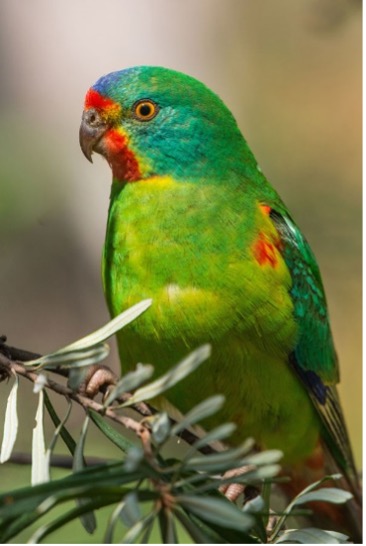
The Swift parrot (above) is listed as Critically Endangered by the Commonwealth and listed as Endangered by several states. (Photo: Henry Cook)
One of the attributes that determine if an ecosystem is on this trajectory is the extent to which external exchanges with the surrounding landscape are taking place.
One such external exchange agent are pollinators, who play a significant role in ensuring genetic transfer across plant species and across the landscape, enhancing resilience which improves the ability of species to adapt and withstand human-driven changes such as habitat fragmentation and climate change.
Restoring pollinator habitat not only supports the survival of the pollinators but the plants and ecosystems that depend upon them. Thirteen threatened bird and mammal pollinators in NSW play a significant role in maintaining landscape exchanges, restoring their habitat has multiple benefits. The OEH has recently dedicated a webpage to restoring pollinator habitat.
Hints for restoring habitat
Following is some information gleaned from this resource.
To accommodate the nomadic migratory lifestyle of many pollinator birds and mammals, conservation efforts need to include privately owned land as well as conservation reserves, where efforts to protect existing feeding habitat are enhanced through replanting and regenerating to restore key habitat.
One of the more significant actions that can be taken to support threatened pollinators is to ensure there is an adequate supply of nectar and pollen resources throughout winter and early spring to avoid a resource bottleneck, a shortage of food which diminishes body condition and reproductive success as well as increases mortality.
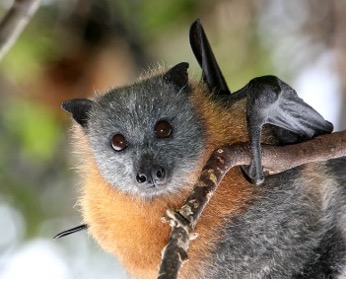
Right: The Grey-headed flying fox listed as Conservation status in NSW: Vulnerable by the Commonwealth and NSW and Least Concern in Queensland. Photo.V Jones
Plantings to restore and conserve pollinator networks should also prioritise plants that are:
- Bridging plants that provide food during bottlenecks of resource availability
- Framework plants that support diverse pollinator networks by providing food resources to a large number of species
- Magnet plants that provide rich resources that attract large numbers of pollinators
Other factors to consider in long-distance pollinator plantings are
- Long term planning to ensure there’ll be flowering gums in 20 years, as it takes that long for some species to begin flowering.
- Quality not quantity to optimise canopy development and hence flowering. Planting at low densities speeds the canopy development and increases the rate of flower production with age.
- Planting near water and on fertile soil can also increase flower production and enhance riparian corridors.
- Planting less than 1km from existing mature habitat is more likely to attract hollow dependent pollinators and have a better chance of being visited by greater numbers and varieties of pollinators.
Some broad guidance for winter & spring flowering trees on the key regional habitat areas in NSW is provided on the OEH website.
In addition there is a booklet you can download Planting to conserve threatened nomadic pollinators in NSW, which provides much more detail and an impressive list of references.
This article was originally published in the AABR Newsletter No 131 January 2017 and was written by Suzanne Pritchard.

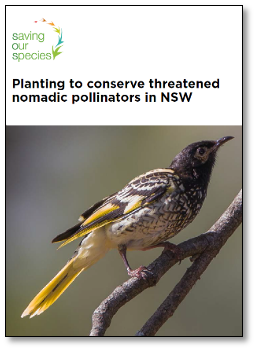
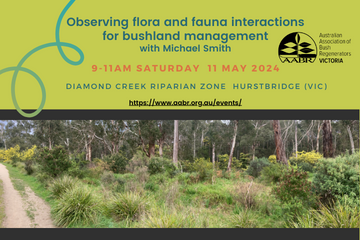
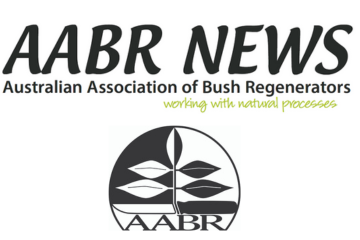
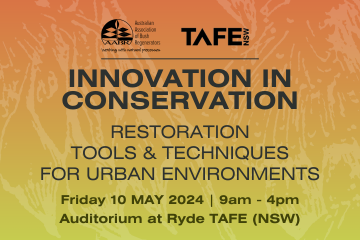
Leave A Comment